Landscape fabric
thomis
15 years ago
Related Stories
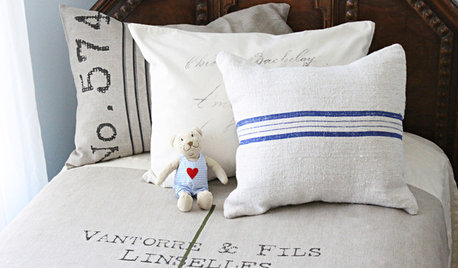
DECORATING GUIDESUtility Fabrics That Go the DIY Distance
Durable, easy to find and inexpensive, these utility fabrics can bring surprisingly high-end results to your everyday DIY projects
Full Story
MATERIALSFabric Focus: Bridge Traditional and Retro Styles With Chintz
Decorate with this floral fabric to add color, dimension, romance and more
Full Story
GARDENING AND LANDSCAPINGPatio Details: Sliding Fabric Panels Filter the Light Just Right
Stepping up to the harsh sun and heat of the desert Southwest, this intimate patio is an exotic escape right outside
Full Story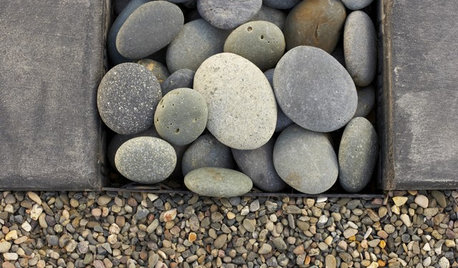
LANDSCAPE DESIGNThe Right Stone for Your Garden Design
Gravel, pebble, cobble and paddle: Stones vary in size and shape, and have different uses in the landscape
Full Story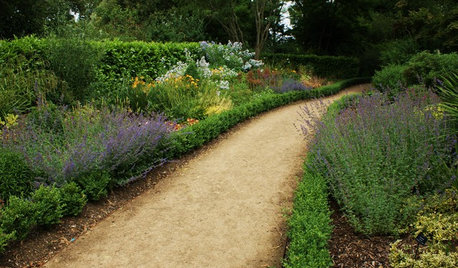
LANDSCAPE DESIGN5 Gravel and Stone Types for a Rockin' Landscape
Give your garden design some textural bam with pebbles, granite, river rocks and other permeable materials
Full Story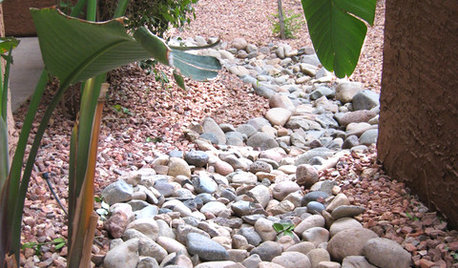
GARDENING AND LANDSCAPINGDry Riverbeds Solve Water Runoff
Spring rains don't have to lead to slides. Dry riverbeds redirect water runoff and add beauty to your landscape
Full Story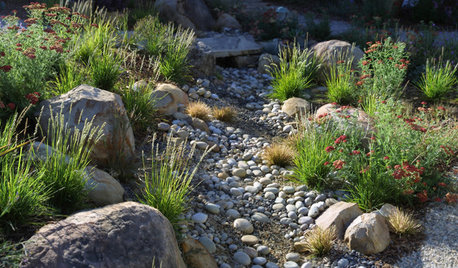
LANDSCAPE DESIGNHow to Design Your Landscape to Slow Down Water
Putting the brakes on stormwater runoff is the first step in sustainable water design
Full Story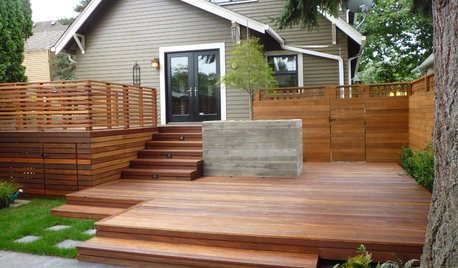
GARDENING AND LANDSCAPINGThat Gap Under the Deck: Hide It or Use It!
6 ways to transform a landscape eyesore into a landscape feature
Full Story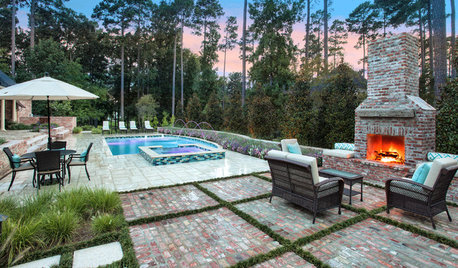
PATIOSYour Guide to 10 Popular Landscape Paving Materials
To choose the best paving for your landscape, look at climate, cost and context
Full Story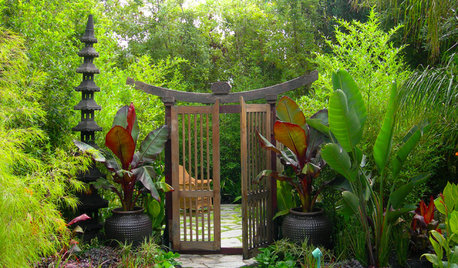
CONTAINER GARDENS10 Ways to Take Containers Beyond the Patio
Enliven your landscape with pots and containers
Full StoryMore Discussions







afss
david52 Zone 6
Related Professionals
Belmont Landscape Architects & Landscape Designers · Brentwood Landscape Architects & Landscape Designers · Rossville Landscape Architects & Landscape Designers · Woodinville Landscape Architects & Landscape Designers · Forest City Landscape Architects & Landscape Designers · Blue Springs Landscape Contractors · Duarte Landscape Contractors · Edwardsville Landscape Contractors · El Mirage Landscape Contractors · Los Banos Landscape Contractors · Nutley Landscape Contractors · Selden Landscape Contractors · The Woodlands Landscape Contractors · Tyngsboro Landscape Contractors · North Aurora Landscape Contractorsfruitnut Z7 4500ft SW TX
lucky_p
rosefolly
rosefolly
denninmi
david52 Zone 6
rosefolly
david52 Zone 6
rosefolly
thomisOriginal Author
brandon7 TN_zone7
thomisOriginal Author
denninmi
lucky_p